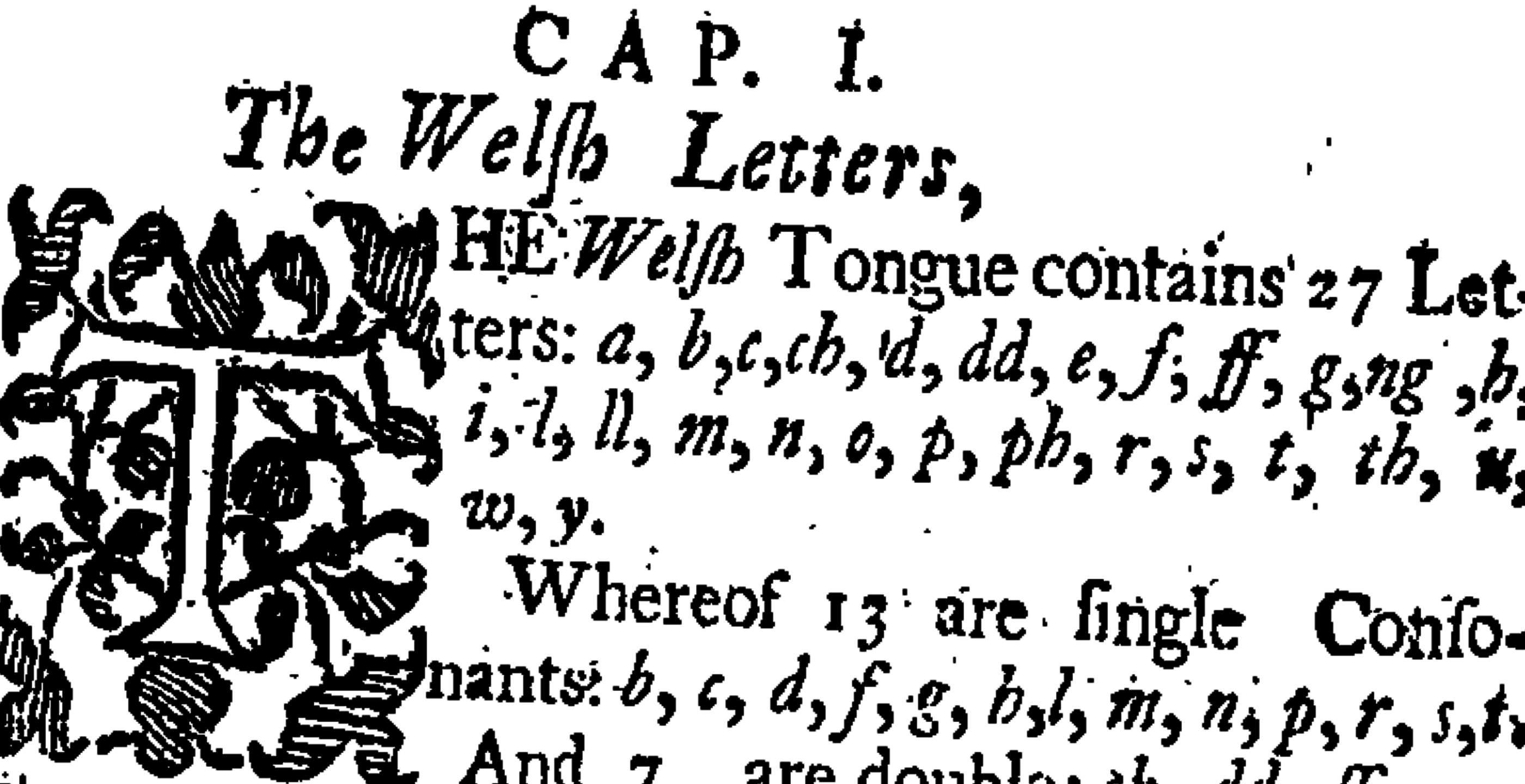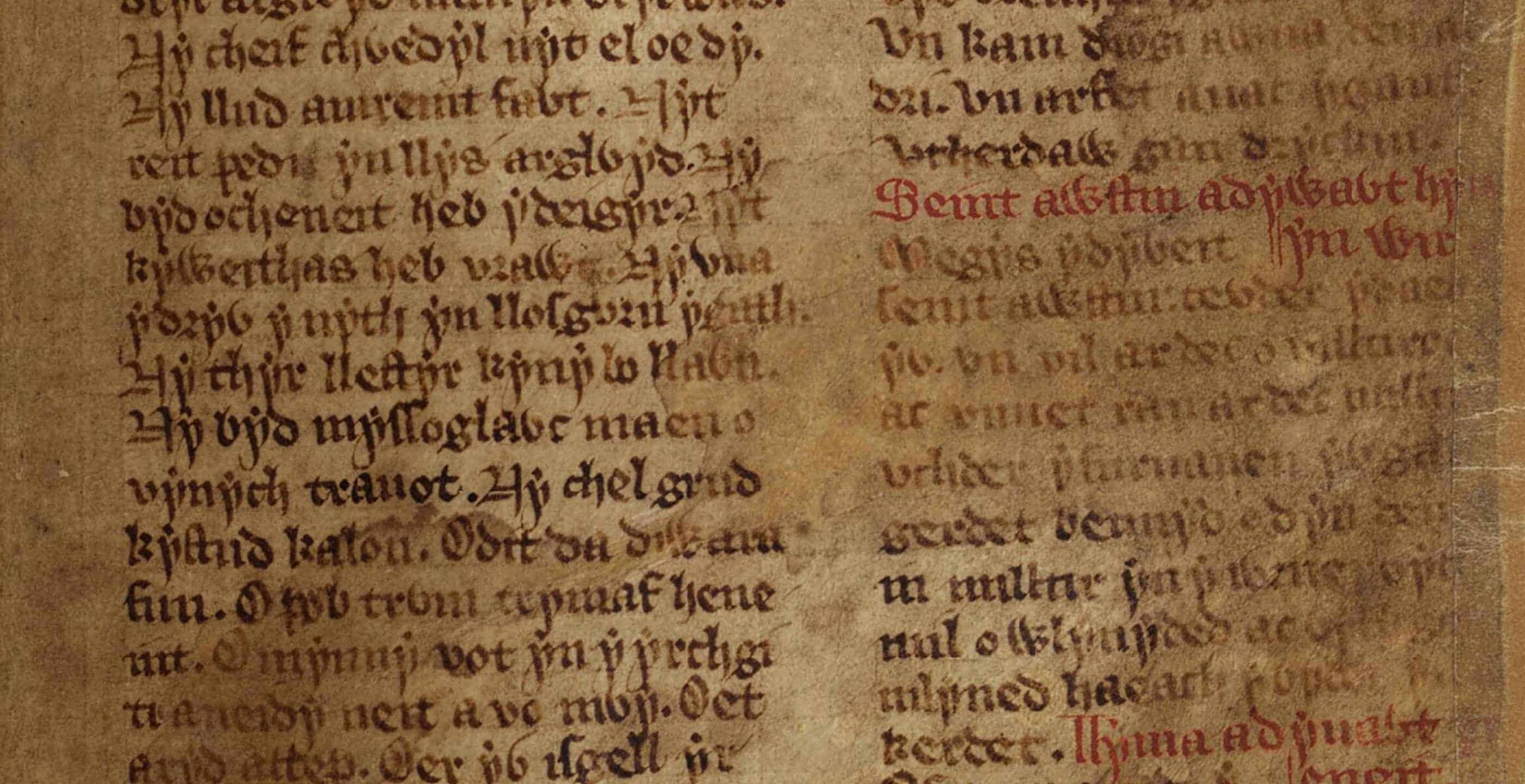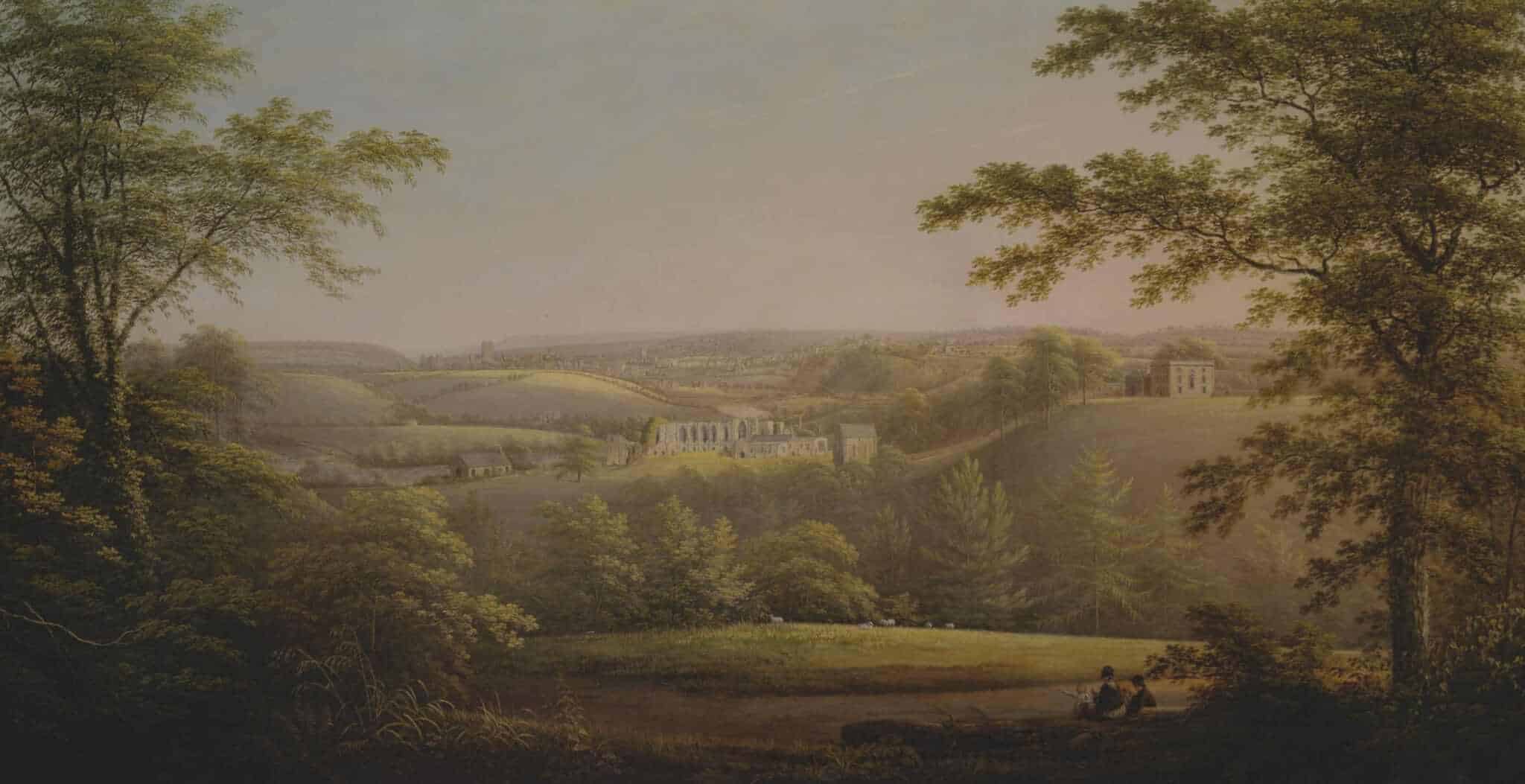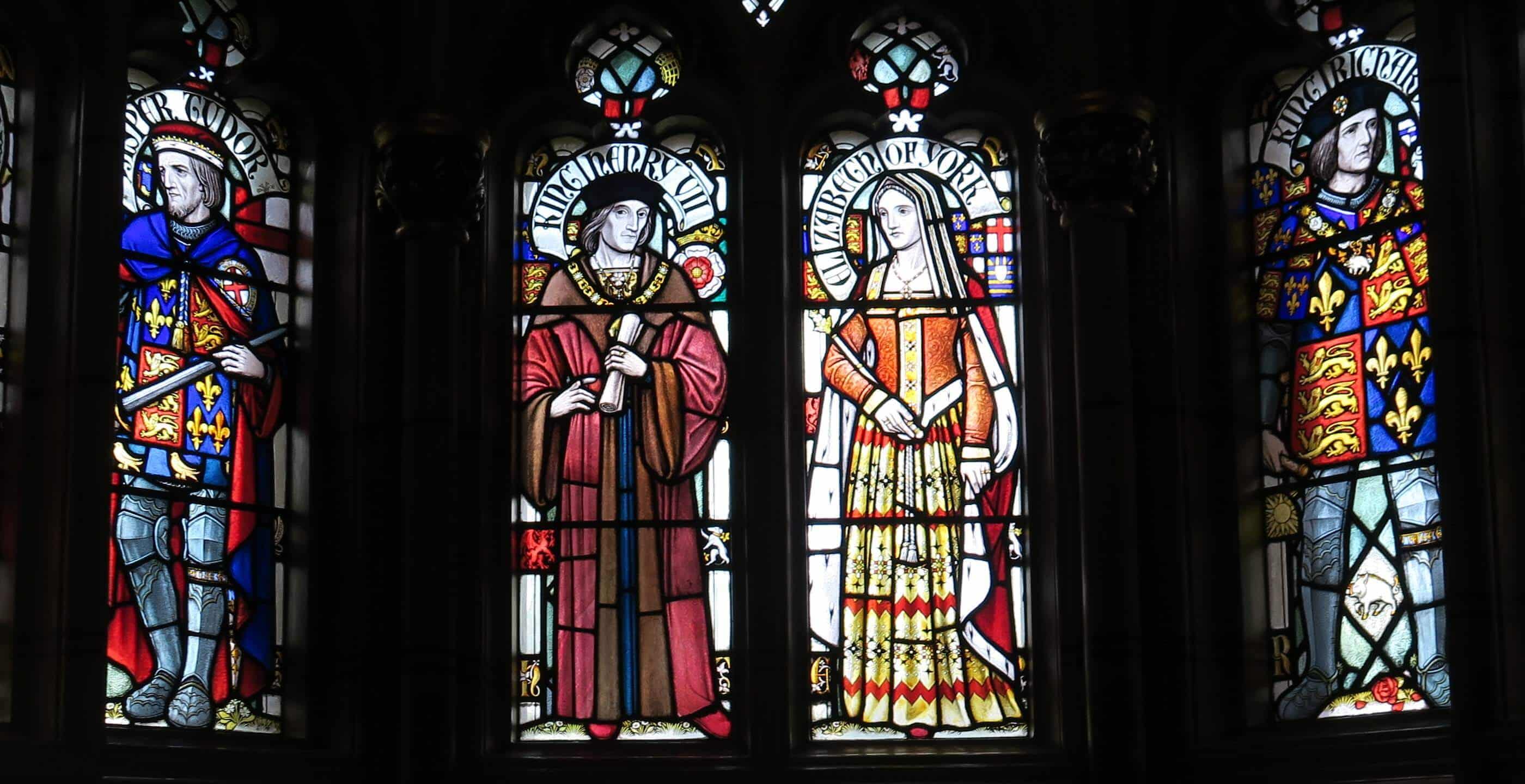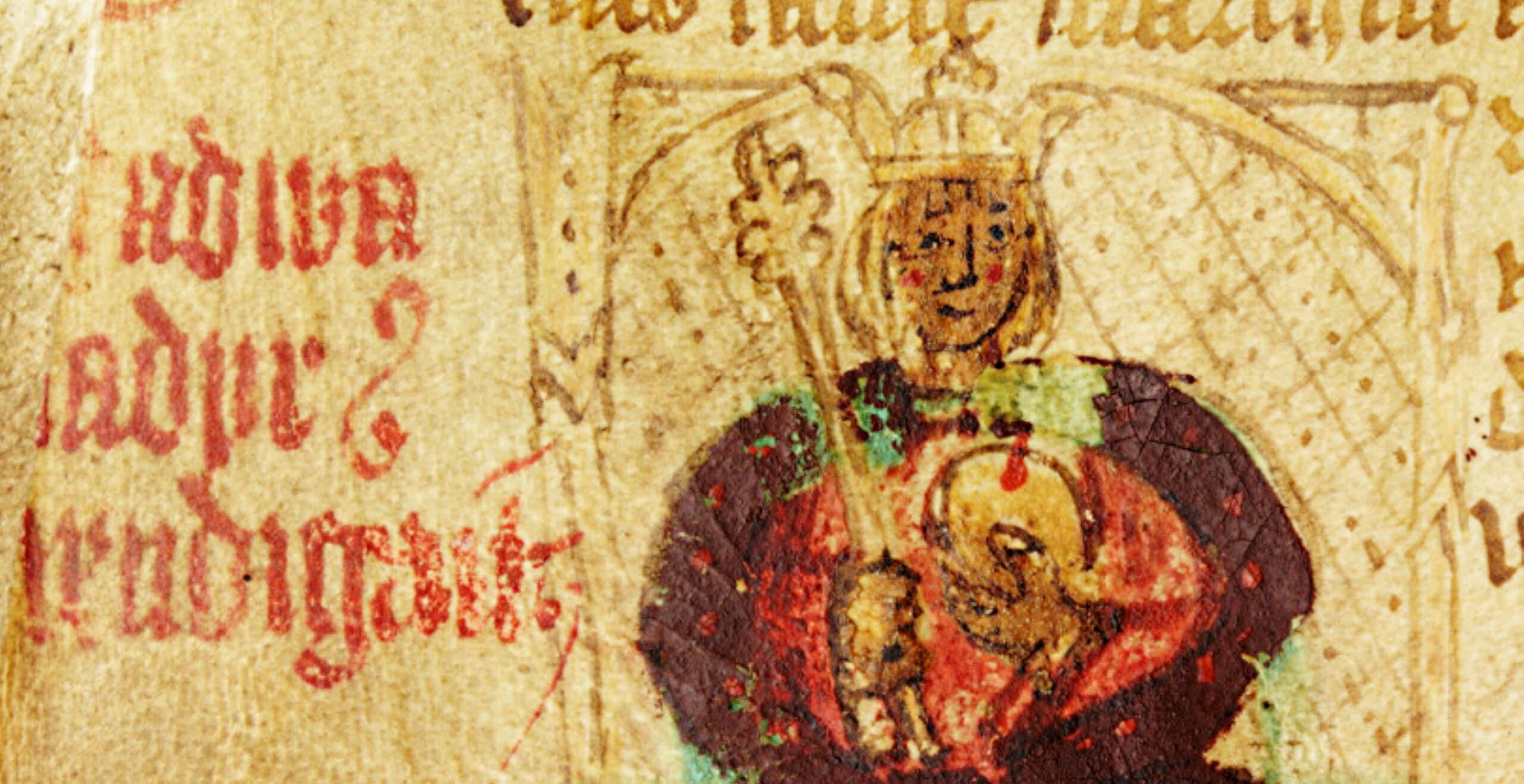The ability to communicate through a shared language is something we all take for granted. It is part of a nation’s traditions and culture however over the centuries, some languages have come under threat and have struggled to survive.
Take for example, Cymraeg, or Welsh, which is a language native to the British Isles, originating from a Celtic language spoken by the ancient Britons. Throughout its history it has faced numerous challenges to its existence.
Welsh is a Brythonic language, meaning British Celtic in origin and was spoken in Britain even before the Roman occupation. Thought to have arrived in Britain around 600 BC, the Celtic language evolved in the British Isles into a Brythonic tongue which provided the basis not only for Welsh, but also Breton and Cornish. At this time in Europe, Celtic languages were spoken across the continent even as far as Turkey.
One of the first words in Welsh to have been preserved and recorded was inscribed around 700 AD on a gravestone in St Cadfan’s church in Tywyn, in the historic county of Merionethshire. The first written Welsh however is thought to date back a further 100 years, reflecting the rich history of this language.
The early Welsh of its Celtic forbearers became the medium for medieval Welsh poets such as Aneirin and Talesin. Both figures became notable bards and their work was preserved for subsequent generations to enjoy.
Aneirin was Brythonic poet from the early medieval period whose work has been preserved in a manuscript dating from the thirteenth century called the “Book of Aneirin”. Within this text a combination of Old Welsh and Middle Welsh is used. Whilst no-one is quite sure as to the exact timing of the composition of this poetry, the value of the oral tradition being passed down through the generations is evident.
Aneirin’s most famous work entitled “Y Gododdin” was a medieval Welsh poem made up of a series of elegies for all those who fought for the Brittonic kingdom of Gododdin. These warriors from the northern Brittonic kingdom were thought to have met their fate in 600 AD when they died fighting the Angles of Deira and Bernicia in the Battle of Catraeth.
Meanwhile, a fellow bard called Taliesin was a renowned poet who served in the courts of several Brythonic kings. With many medieval poems being attributed to him, it is not hard to understand why he has been referred to as Taliesin Ben Beirdd or Taliesin, Chief of Bards.
Under the Anglo-Saxons the Welsh language gradually evolved. In the south-west regions of Britain the language developed into the early foundations of Cornish and Welsh, whilst in the north of England and lowland Scotland the language evolved into Cumbric.
Welsh spoken in the Middle Ages period, between 1000 and 1536, became known as Middle Welsh.
From the twelfth century onwards, Middle Welsh formed the basis for one of the most famous manuscripts of this time in Britain, the Mabinogion. This famous literary collection of prose stories is one of the earliest examples of its kind, thought to date from either the twelfth or thirteenth centuries and inspired by earlier story-telling.
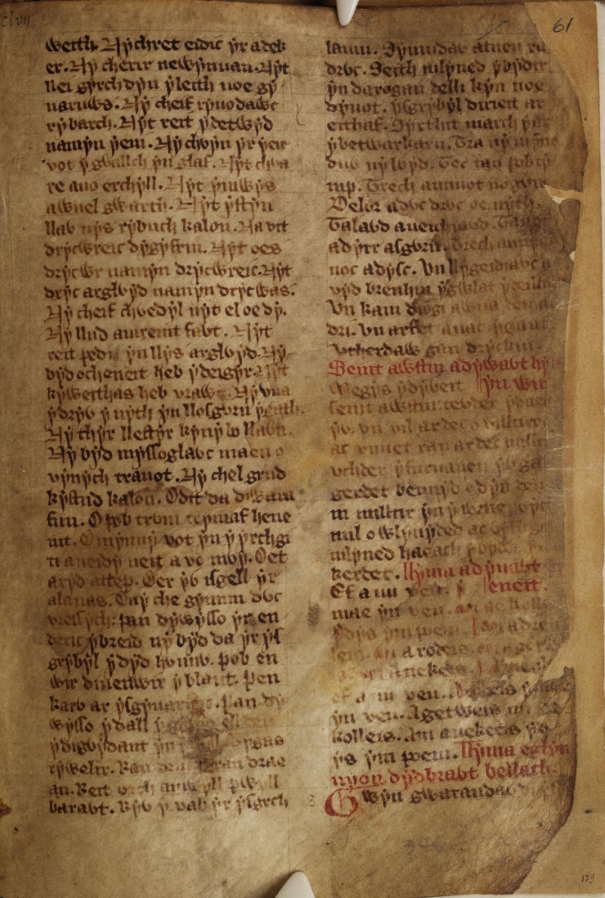
Mabinogion stories are an eclectic and all-encompassing prose offering the reader a variety of genres to choose from. The breadth of styles covered in the text includes romance and tragedy as well as fantasy and comedy. Collated from various story-tellers over a period of time, the Mabinogion is a testament to Middle Welsh and the oral traditions that survived.
This was also a period in Welsh history which was dominated by many princes governing their lands, using Welsh as an administrative tool as well as in everyday use amongst the higher classes.
An example of its application in Welsh administration is the creation of the Welsh laws known as ‘Cyfraith Hywel’, composed in the tenth century by Hywel ap Cadell, the King of Wales. This historic figure came to control vast swathes of land and in time gained control of the whole region. It was at this point, that he felt it pertinent to bring together all the laws of Wales. An early copy from the thirteenth century survives today.
In this period the Christian Church also played a valuable role in the copying and recording of documents for prosperity. Religious orders such as the Cistercian abbeys were especially vital.
The next significant period in the history of the Welsh language, dates from the time of Henry VIII and stretches into the modern period. It was from 1536 and Henry VIII’s Act of Union that the Welsh language began to suffer through laws passed which dramatically impacted its status as an administrative language.
This marked a period of great change for the entire British Isles and with English sovereignty over Wales, the use of the Welsh language was banned and its official status removed. Moreover, culturally, a shift was taking place with many members of the Welsh gentry embracing a more English-centric perspective, supporting the language and everything that came with it.
The rest of the Welsh population had to abide by these new stringent rules. However, this failed to prevent Welsh being spoken amongst the general population for whom it was important to hold onto their language, customs and traditions.
Nevertheless the issue was more complex, as the removal of its official status as an administrative language meant that people would be expected to communicate in English at work. This clampdown also extended to education as a means of suppressing the language from an early age.
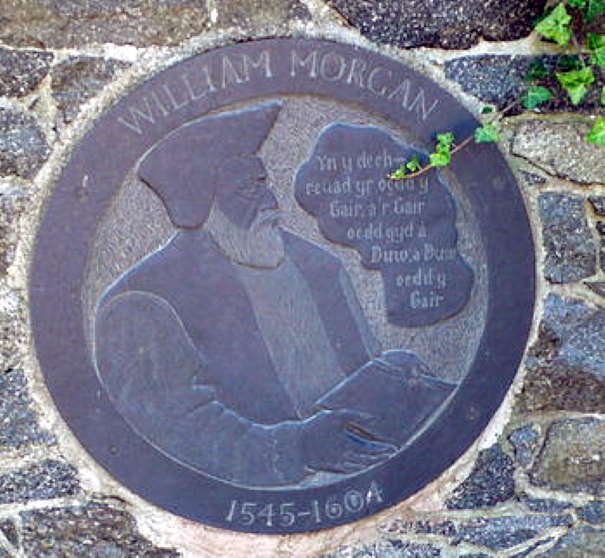
Once again religion played a crucial role in ensuring that the language would however remain in use, preserved and recorded. In 1588 the Bible, known as William Morgan’s Bible, was published for the first time in Welsh.
A further challenge to the preservation of Welsh came with the influx of English speakers into the country in the eighteenth century, largely brought about by the effects of the Industrial Revolution.
This was an era of great mass migration and within no time at all the English language began to swamp the workplace as well as the streets of Wales, quickly becoming the common language spoken by everyone.
In the nineteenth century, the Welsh language still did not benefit from the increasing literacy levels amongst the general public. Whilst children were required to attend school, Welsh was not part of the school curriculum. English was still the dominant language as it represented administration and business in an era of imperial expansion.
In the twentieth century, there was a growing recognition that the Welsh language and Welsh speakers were being discriminated against, for example, in 1942 the Welsh Courts Act formally addressed the issue of defendants and plaintiffs being forced to speak in English and ushered in a new law allowing Welsh to be used in the courts.
By 1967, a very important and crucial piece of legislation was introduced thanks to the campaigning of many individuals including Plaid Cymru and the Welsh Language Society.
This legislation was largely modelled on the Hughes Parry Report only two years earlier which stated that Welsh needed to have equal status to English in the courts, both written and spoken.
This marked a pivotal moment when the prejudices ushered in during the Tudor period began to be reversed. Today the Welsh language is embraced and spoken at home, in the workplace, in the community and in government. In the 2011 census, over 562,000 people named Welsh as their main language.
